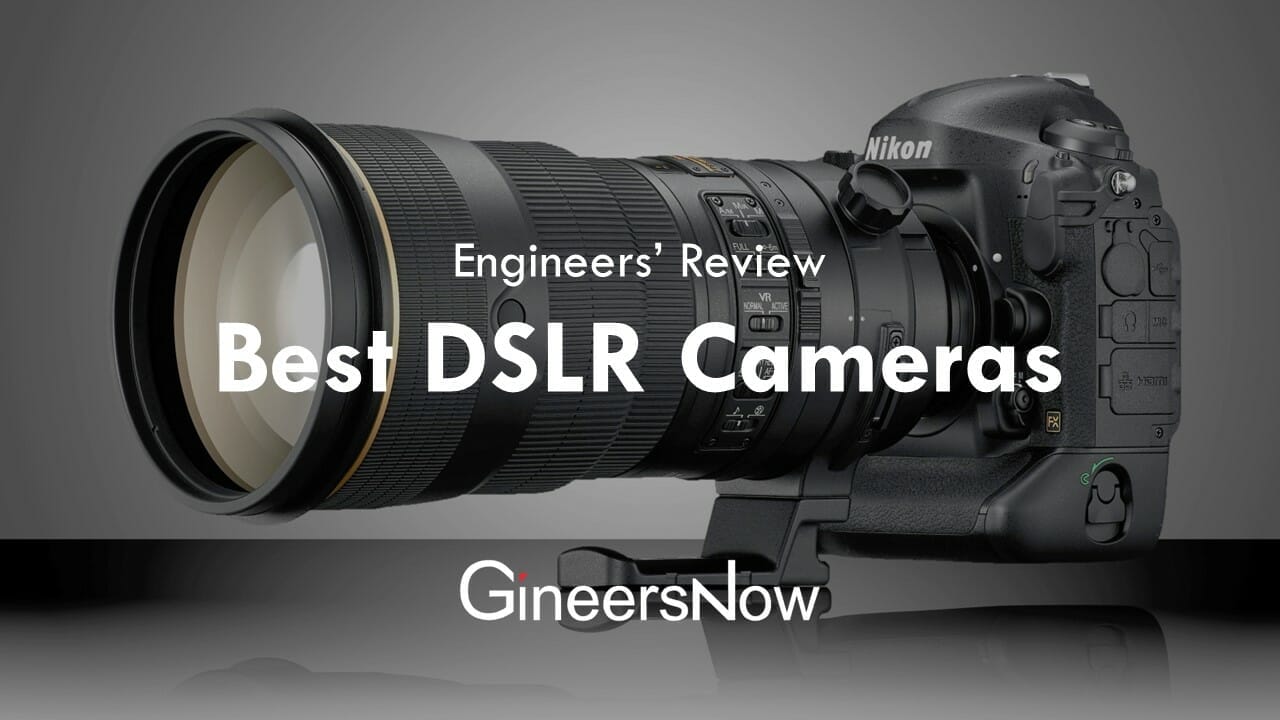Photography and Cameras
In every field, technology tends to move fast, and the field of photography is no different. Whether we look back 50 or even 10 years ago, a standard camera looked a lot different and we can clearly see that the technology improved drastically. After years of advancements, while at some point in time afford a camera might have been considered a luxury, every phone has one, and buying a high-tech machine will not put a hole in the budget.

Cameras over the years
With cameras everywhere these days, and entering a photo contest being easier than ever, improving your photography skills is a very popular activity for a lot of people. While cameras are very advanced these days, it’s important to know how far we’ve come.
If we take a look back to 1947, Polaroid Model 95 was hitting the market. Other new cameras were being launched during that period and cameras were considered household objects; it was the Polaroid that made quite the impact. The process of developing a final photo from the negatives was a time-consuming job and Polaroid recognized that. They created a product that was able to take a shot and then print the photograph on a special paper in minutes. Instant photography maintains its popularity even to this day.
The digital camera was created in 1975 by Kodak, however, it was only in 1991 that the first digital camera hit the market. It was not cheap, wearing a price tag of $13,000. One affordable option was the Fuji QuickSnap, which was introduced back in 1986. This disposable camera was able to take 27 photos and came with the very cheap price tag of $4. This ended up shattering the barrier that was holding back people from buying cameras and made it affordable for everyone.
Fast forward to the year 2000. As a result of technology getting smaller, the camera became compact enough to fit into a cell phone. That’s when Sharp J-SH04 hit the scene, being able to shoot and display the photos on the display of the cell phone instantly. The J-SH04 was the first cell phone to have an inbuilt digital camera, and it paved the way for the high-quality cameras that are part of every smartphone nowadays.
Camera features today
Nowadays, technology continues to innovate the field of photography with DSLRs offering great image quality at 4K resolutions and compact cameras having the potential to replace the huge cameras that you could see on movie sets. While technology has come a long way, it is certainly not the end of the road for cameras. In addition, photography today also gets paired with software such as Photoshop. If you get the best Lightroom presets, it’s easy to make your photographs stand out more, and make them look more polished.

Cameras are very rich in features, and the market is full of options for every need – whether someone is looking for a compact camera to take a quick snap or a larger and more advanced machine for professional photographers. The multimedia powerhouses offer focus peaking, versatile sound controls, and the battery power and storage capacity to match.
How photography changes the way we see the world
Photography is able to capture the emotion of a scene. Whether it is a happy or sorrowful mood, the camera is not only able to capture what is going on in that specific setting but also evoke a feeling in the people who take a look at the final product. It can do this by manipulating the light, shade, or the colors themselves, or by capturing a truly impressive scene.
Photography can also make us notice the details that would otherwise go unnoticed or seem uninteresting at a quick glance. Photographers tend to look for the interesting; however, what might seem not that interesting at first to a person observing the scene can be turned into a masterpiece by a good photographer. Whether we’re talking about landscape or wildlife, cameras can take a close up look of what is going on and place us in scenes that would otherwise be inaccessible.
Subject, light, composition, and post-processing are critical elements of every photograph. The emotion conveyed is a huge factor when it comes to the difference between a good and great image and a good and great photographer.

















